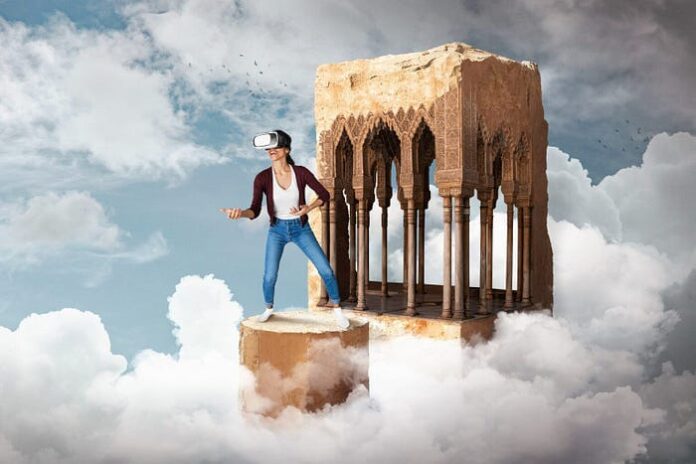Climate change is accelerating the deterioration of cultural heritage worldwide. Historic monuments, archaeological sites, and priceless artifacts are under threat from rising sea levels, extreme weather, and environmental degradation. As traditional preservation methods fall short in addressing these challenges, innovative technologies are stepping in to safeguard these treasures for future generations.
The Role of 3D Scanning in Digital PreservationOne of the most promising advancements in the preservation of cultural heritage is 3D scanning. This technology allows for the creation of precise digital replicas of monuments and artifacts, capturing intricate details and providing a permanent digital archive.In cases where physical structures are damaged or destroyed due to natural disasters or climate change, these digital scans can serve as blueprints for reconstruction. Furthermore, 3D models make it possible to offer virtual tours and digital replicas of heritage sites, ensuring continued public access, even if the original sites become inaccessible.
AI-Powered Restoration:
Enhancing Conservation EffortsArtificial intelligence (AI) is making significant contributions to cultural heritage restoration. By analyzing environmental data and patterns of degradation in historical objects, AI can predict future damage and suggest preventative conservation techniques.
AI-powered restoration tools are already being used to digitally repair damaged artwork and artifacts. By simulating the effects of wear and suggesting targeted restoration approaches, AI helps reduce the risk of further damage. This improves both the accuracy and efficiency of restoration efforts, making it possible to restore even severely damaged pieces with precision.
Monitoring Cultural Heritage with Drones and Remote SensingDrones and remote sensing technologies are revolutionizing the way cultural heritage sites are monitored and protected. Drones provide real-time aerial surveillance of remote or difficult-to-reach locations, making it easier to assess the impact of environmental changes. These tools can detect signs of erosion, flooding, or other environmental threats that might compromise the structural integrity of historic sites.By enabling regular, real-time monitoring, drones and remote sensing technologies allow conservationists to respond quickly to emerging threats, providing them with the data needed to take preemptive action before damage becomes irreversible.
Blockchain Technology:
Protecting Provenance and Combating Illegal TradeThe illegal trade of cultural artifacts is a significant challenge, often exacerbated in times of crisis or natural disaster. Blockchain technology is helping to address this issue by providing secure, transparent tracking of the provenance of artifacts. This ensures that the ownership history of cultural objects is documented and verifiable, reducing the risk of illicit trade.By utilizing blockchain, institutions and governments can more easily trace stolen or illegally traded items, facilitating their recovery and return to their rightful owners. This contributes to the protection of cultural heritage by promoting transparency and accountability in the global art and artifact market.The Importance of Engaging Local CommunitiesWhile technology is a powerful tool for preserving cultural heritage, the involvement of local communities is essential for the long-term sustainability of these efforts. Local populations often possess deep cultural knowledge and understanding of their heritage, making them invaluable partners in preservation.By engaging communities in conservation efforts, preservationists ensure that local traditions and values are respected. Moreover, this inclusive approach helps to foster a sense of shared responsibility for cultural heritage, ensuring that the benefits of preservation are distributed among those who hold these sites in the highest regard.
Conclusion:
A Collaborative Approach to Cultural PreservationThe preservation of cultural heritage in the face of climate change requires a multi-faceted approach that leverages both modern technology and global collaboration. Innovations such as 3D scanning, AI-powered restoration, drones, and blockchain are providing new, effective tools for safeguarding our cultural legacy. However, the role of local communities and international partnerships remains critical to ensuring that these efforts are sustainable and culturally sensitive.
By combining technological solutions with community engagement and international cooperation, we can protect and preserve our cultural heritage for future generations, even in the face of growing environmental challenges.




